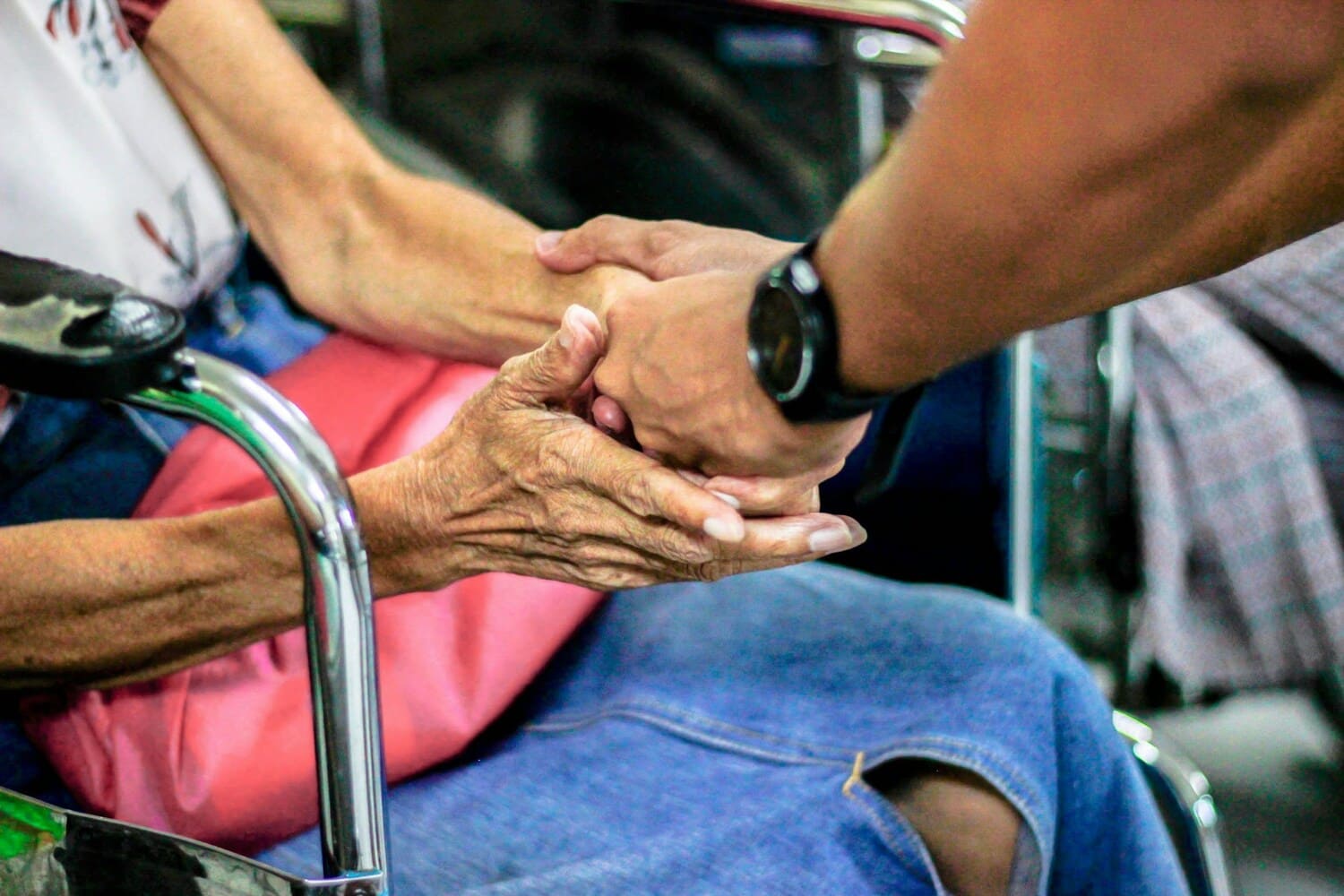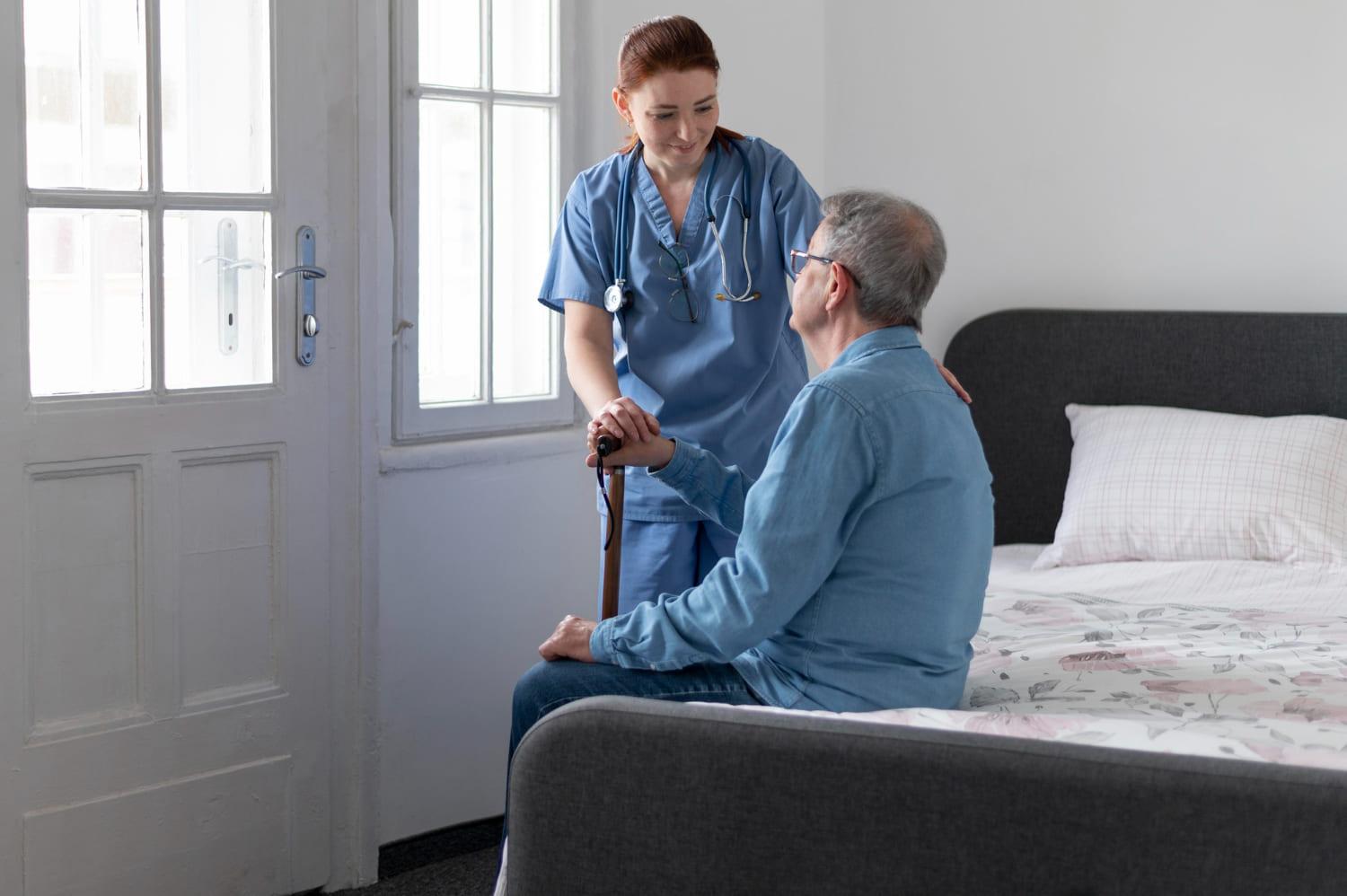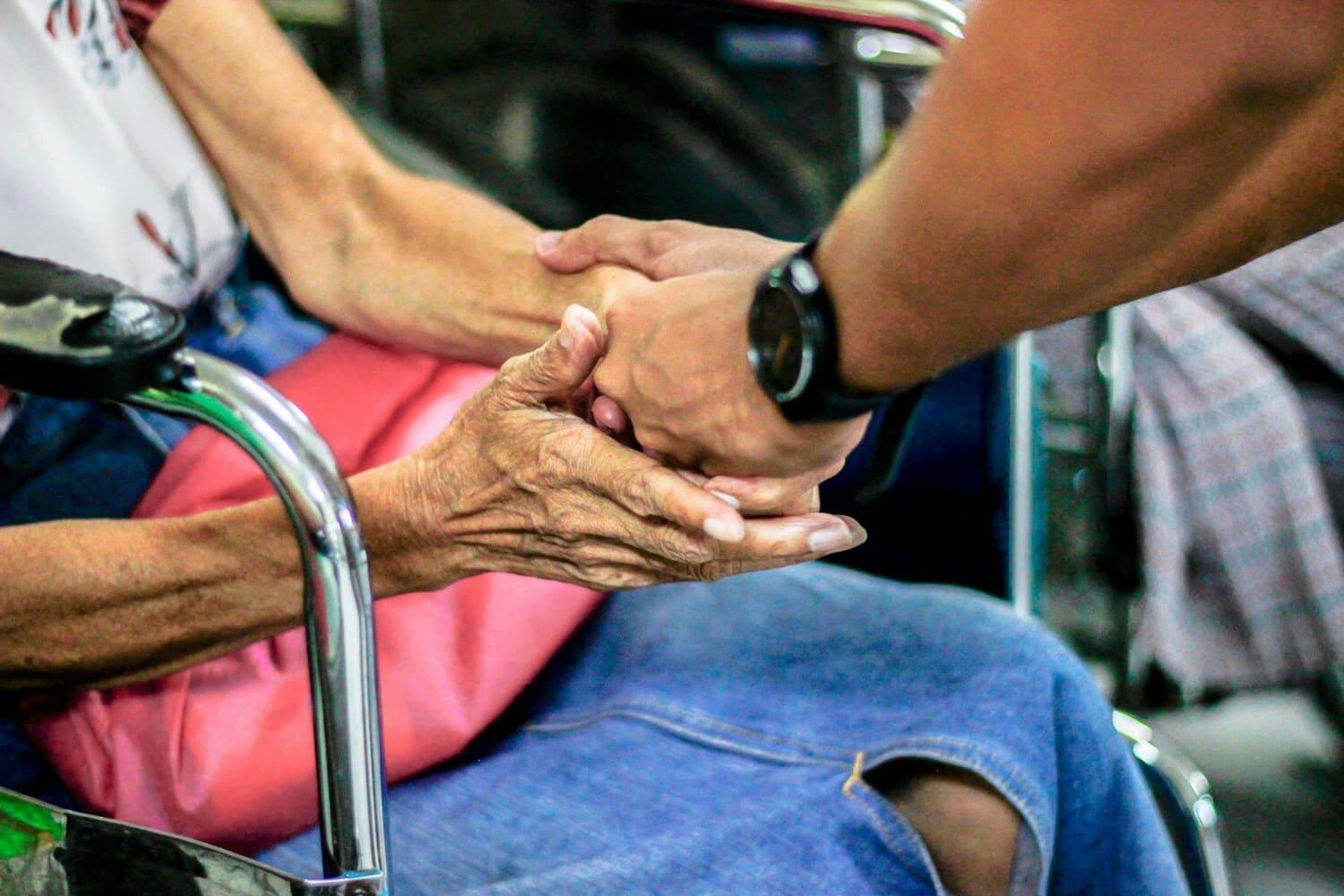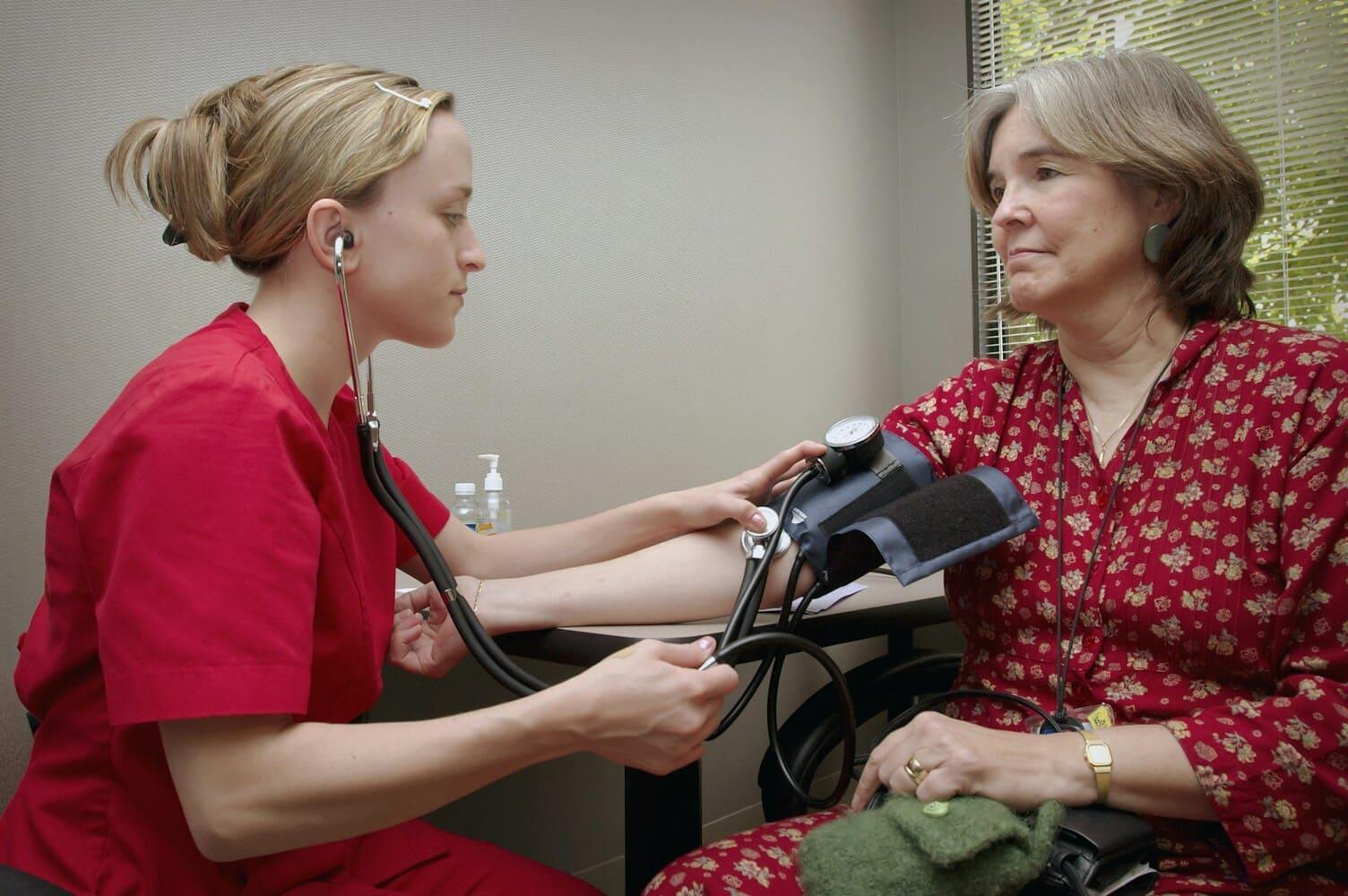
What is Basic Patient Care
What Is Basic Patient Care?
Basic patient care refers to the fundamental practices and tasks performed to maintain a person's physical comfort, hygiene, and emotional well-being in a healthcare setting. These essential activities—such as bathing, feeding, toileting, and mobility assistance—ensure the patient's safety, dignity, and quality of life, particularly when they are unable to perform such tasks independently. Often delivered by nurses, nursing assistants, or caregivers, this level of care is foundational across hospitals, rehabilitation centers, and home health environments.
Why Is Basic Patient Care Important?
At its core, basic care supports life-sustaining needs and reduces risks of complications like infections, pressure ulcers, or mental health deterioration. From repositioning a bedridden patient to ensuring they are hydrated and emotionally supported, these routine interventions dramatically influence recovery rates, satisfaction, and even survival outcomes.

Designed by Freepik
Key Elements of Basic Patient Care
Understanding the components of basic care is crucial for anyone entering the healthcare field. The following aspects are universally recognised across most care settings:
- Hygiene Assistance – Including bathing, oral care, grooming, and skin management.
- Nutritional Support – Helping patients with feeding, meal prep, or monitoring dietary intake.
- Mobility Aid – Turning, repositioning, walking, and using mobility devices.
- Toileting Support – Assisting with bathroom use, catheter care, or continence products.
- Emotional Presence – Offering companionship, listening, and respectful communication.
- Environmental Safety – Maintaining cleanliness and preventing falls or hazards.
These responsibilities aren’t merely routine—they're deeply impactful, forming the backbone of nursing and patient-centered care.
Who Provides Basic Patient Care?
While registered nurses oversee the general care plan, hands-on basic patient care is often delivered by nursing assistants, licensed vocational nurses (LVNs), or home health aides. Their close contact with patients gives them a unique vantage point for observing changes in condition, mood, or ability—making them critical allies in effective healthcare delivery.
How Does Basic Patient Care Differ from Advanced Care?
Though the two often overlap in practical environments, basic care addresses non-invasive, routine needs, while advanced care typically involves clinical procedures requiring specialized knowledge, such as administering IV medications or wound debridement. In contrast, basic patient care may include:
- Monitoring vital signs (e.g., pulse, temperature, respiratory rate).
- Observing patient behavior for changes in condition.
- Offering care that supports activities of daily living (ADLs), such as eating or dressing.
By comparison, advanced care demands specific licenses, medical training, and adherence to stricter clinical protocols.
What Skills Are Essential for Delivering Basic Patient Care?
Delivering high-quality basic care requires more than physical capability—it demands emotional intelligence, patience, and ethical awareness. Key competencies include:
- Effective Communication: Clearly conveying information and listening to patients with empathy.
- Observation and Reporting: Recognizing subtle physical or behavioral changes in the patient.
- Time Management: Prioritizing tasks efficiently, especially in fast-paced clinical settings.
- Compassion and Respect: Maintaining a dignified, person-centered approach to every patient.
These abilities help build trust, reduce anxiety, and contribute to a care environment that honors both clinical precision and human connection.

Where Does Basic Patient Care Occur?
Basic patient care is delivered across a spectrum of healthcare environments. Each setting may tailor practices slightly based on needs, but the essence remains universal:
Setting
Role of Basic Care
Hospitals
Immediate care post-surgery or during acute illness
Nursing homes
Long-term support for elderly or chronically ill patients
Home health services
At-home care allowing patients independence while maintaining health routines
Rehabilitation centers
Assisting with recovery and restoring self-care abilities
Palliative and hospice
Focusing on comfort, dignity, and symptom relief at life’s end
No matter the location, the objective is the same: to preserve well-being, comfort, and autonomy.
What Challenges Arise in Basic Patient Care?
Despite its foundational nature, basic care comes with emotional and logistical complexities:
- Burnout among caregivers due to emotional strain or workload intensity.
- Cultural and language barriers that hinder proper patient communication.
- Time constraints in high-volume facilities, which may reduce time spent per patient.
- Resistance from patients who feel embarrassed or frustrated by their limitations.
Addressing these challenges requires training, staff support, and administrative systems that prioritize quality over quantity.
How Is Basic Patient Care Taught and Assessed?
The acquisition of basic patient care skills is often the first step in clinical training programs. These competencies are taught through a mix of theoretical instruction and supervised practice in real or simulated environments. Assessment methods typically include:
- Objective Structured Clinical Examinations (OSCEs): Trainees demonstrate skills in controlled scenarios.
- Checklists and Competency Logs: Track proficiency in daily tasks like hygiene assistance or transferring patients.
- Peer and Supervisor Evaluations: Provide feedback on both technical execution and soft skills like empathy.
This structured development ensures caregivers are not just mechanically performing tasks but understanding the rationale and ethics behind every action.
What Role Does Empathy Play in Basic Care?
Empathy is not an accessory in basic care—it is its cornerstone. While physical assistance is vital, the patient’s emotional experience profoundly shapes health outcomes. For instance, a warm tone during a sponge bath or a comforting word when adjusting a pillow can soothe anxiety and foster trust.
According to American Nurses Association, compassionate interaction is directly linked to faster recovery, reduced pain perception, and higher patient satisfaction. Thus, empathy should be considered a clinical tool, not a luxury.

How Has Basic Patient Care Evolved Over Time?
The practice of basic care has evolved dramatically, moving from a task-oriented model to a holistic, human-centered one. Key developments include:
- Integration of technology: Smart beds, automated lifts, and monitoring apps streamline routine procedures.
- Shift toward dignity-preserving care: Greater emphasis is placed on autonomy and patient preferences.
- Evidence-based updates: Routine actions like turning schedules or oral hygiene now follow scientific recommendations.
These changes reflect the growing respect for basic care as a sophisticated field requiring nuanced judgment, not just routine repetition.
Who Is Responsible for Delivering Basic Care?
Although nursing assistants, licensed practical nurses (LPNs), and registered nurses (RNs) are most commonly associated with basic patient care, the responsibility is increasingly interdisciplinary. It may include:
- Family caregivers trained in essential skills for home care.
- Allied health professionals, such as occupational therapists, providing support for ADLs.
- Medical students practicing bedside manner and empathy through structured exposure.
Each role contributes to a care ecosystem where fundamental needs are met with expertise and attentiveness.
Why is Basic Patient Care Crucial in Healthcare?
Basic patient care forms the cornerstone of effective healthcare delivery, serving not only to maintain physical wellbeing but also to foster psychological comfort and dignity for every patient. In clinical environments, attentive care transcends mere task completion; it embodies a commitment to holistic healing. Properly administered basic care reduces risks such as infections, pressure ulcers, and complications from immobility, directly impacting patient outcomes and satisfaction.
Moreover, basic care enhances communication between healthcare providers and patients, cultivating trust and encouraging patient involvement in their own recovery journey. This personalized attention helps healthcare teams detect subtle changes in a patient’s condition, enabling timely interventions.
In essence, the significance of basic patient care lies in its dual role: safeguarding physical health while upholding the human dignity intrinsic to every individual. It is, therefore, indispensable in all settings, from bustling hospitals to community clinics and home care environments.
How Do Cultural Differences Impact Basic Care Delivery?
Cultural competency is indispensable in today’s diverse healthcare settings. Basic care tasks like grooming, feeding, or toileting may be subject to specific beliefs, taboos, or preferences. For example:
- A patient from a conservative background may prefer same-gender caregivers.
- Dietary habits can dictate how feeding assistance is approached.
- Some cultures place high value on family involvement in daily care tasks.
Culturally sensitive care builds trust, prevents misunderstanding, and supports more accurate clinical outcomes. This is why training in cultural responsiveness is now standard in most nursing programs.

How Can Basic Care Be Optimised in Overburdened Systems?
In overstretched healthcare environments, basic patient care is often the first area to suffer. Staff shortages, time pressure, and high patient turnover can lead to rushed routines, missed hygiene tasks, and depersonalised interaction.
To counteract this, systems are employing:
- Task delegation: Leveraging non-clinical personnel for specific care duties.
- Technological aids: Such as mobility-assisting robotics or automatic documentation systems.
- Streamlined protocols: Creating evidence-based checklists that maximise efficiency without compromising quality.
These optimisations ensure that basic care, though time-intensive, remains uncompromised in its delivery.
Q&A: Common Questions About Basic Patient Care
Is basic care part of nursing education?
Absolutely. Basic care is foundational to all nursing training programs and is often the first area in which students gain hands-on experience.
What are some examples of basic care tasks?
Common basic tasks include bathing, feeding, toileting, repositioning, and assisting with ambulation—essentially, anything that supports daily living.
Who provides basic care in a hospital?
Primarily, nursing assistants and nursing staff are responsible for the execution of basic patient care, with oversight from registered nurses and, where necessary, doctors or allied health professionals.
What are the 5 principles of basic patient care?
They typically include dignity, safety, communication, privacy, and comfort. These principles form the ethical and operational bedrock of all basic care routines.
Can family members be involved in basic patient care?
Yes, especially in home or long-term care settings. However, proper training and supervision are vital to ensure that care is consistent with clinical standards and patient dignity.
Immerse yourself in a demo to see how MedVision transforms traditional learning into an engaging, interactive experience
Subscribe for the Latest News!





